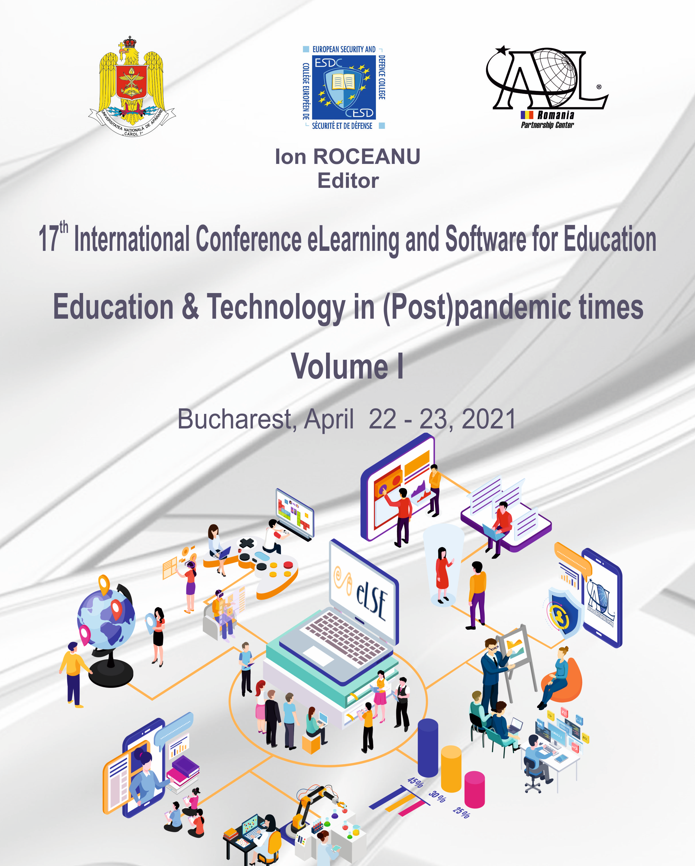FROM TRADITIONAL TO A NEW MODEL OF THE HIGHER EDUCATION. CASE STUDY: THE VIRTUAL UNIVERSITY
FROM TRADITIONAL TO A NEW MODEL OF THE HIGHER EDUCATION. CASE STUDY: THE VIRTUAL UNIVERSITY
Author(s): Viorica Comșa, Ion Verzea, Rachid ChaibSubject(s): Higher Education , Health and medicine and law, ICT Information and Communications Technologies, Distance learning / e-learning, Pedagogy
Published by: Carol I National Defence University Publishing House
Keywords: traditional university; virtual university; online learning; scenario; education; covid-19;
Summary/Abstract: In the context of the health emergency generated by the COVID19 pandemic, authors investigate the way in which the Gheorghe Asachi Technical University of Iasi (TUIASI) addressed this big challenge with respect to the fields of education and administration. After providing an overview of activity changes since the installing of the pandemic situation to the current situation, the aim of this paper is to explore the opportunity for crisis breakthrough proposals in the sense of education and business models for TUIASI. To this end, the paper accounts for the post-COVID19 higher education scenarios existing in the literature, i.e., passing storm, good company, sunrise in the east, lone wolves. The main university models comprise: the Traditional University (bricks-and-mortar institution, face-to-face oral and written communication), enhanced with Blended Learning approaches (online platforms used as means to complement the educational resources and information exchange); Online University (where the physical infrastructure is used only for administrative purposes, while for education it is replaced by connected computing platforms supporting the whole processes), that evolved from distance education and aims towards MOOC (Massive Open Online Courses); Virtual University (purely online or hybrid approaches possible), that reflects the principle of different entities sharing their core competences to form a Virtual Organization. The authors’ methodology includes the exploration and systematization of the post-COVID19 higher education scenarios in parallel to the university models exposed by the literature. The main outcome of the paper consists then in the critical analysis of each model against the previsioned scenarios with respect to the TUIASI objectives related to the learner, teacher, learning environment and education, exposing for each of them the benefits and drawbacks as well as possible improvement proposals.
Journal: Conference proceedings of »eLearning and Software for Education« (eLSE)
- Issue Year: 17/2021
- Issue No: 01
- Page Range: 361-373
- Page Count: 13
- Language: English

